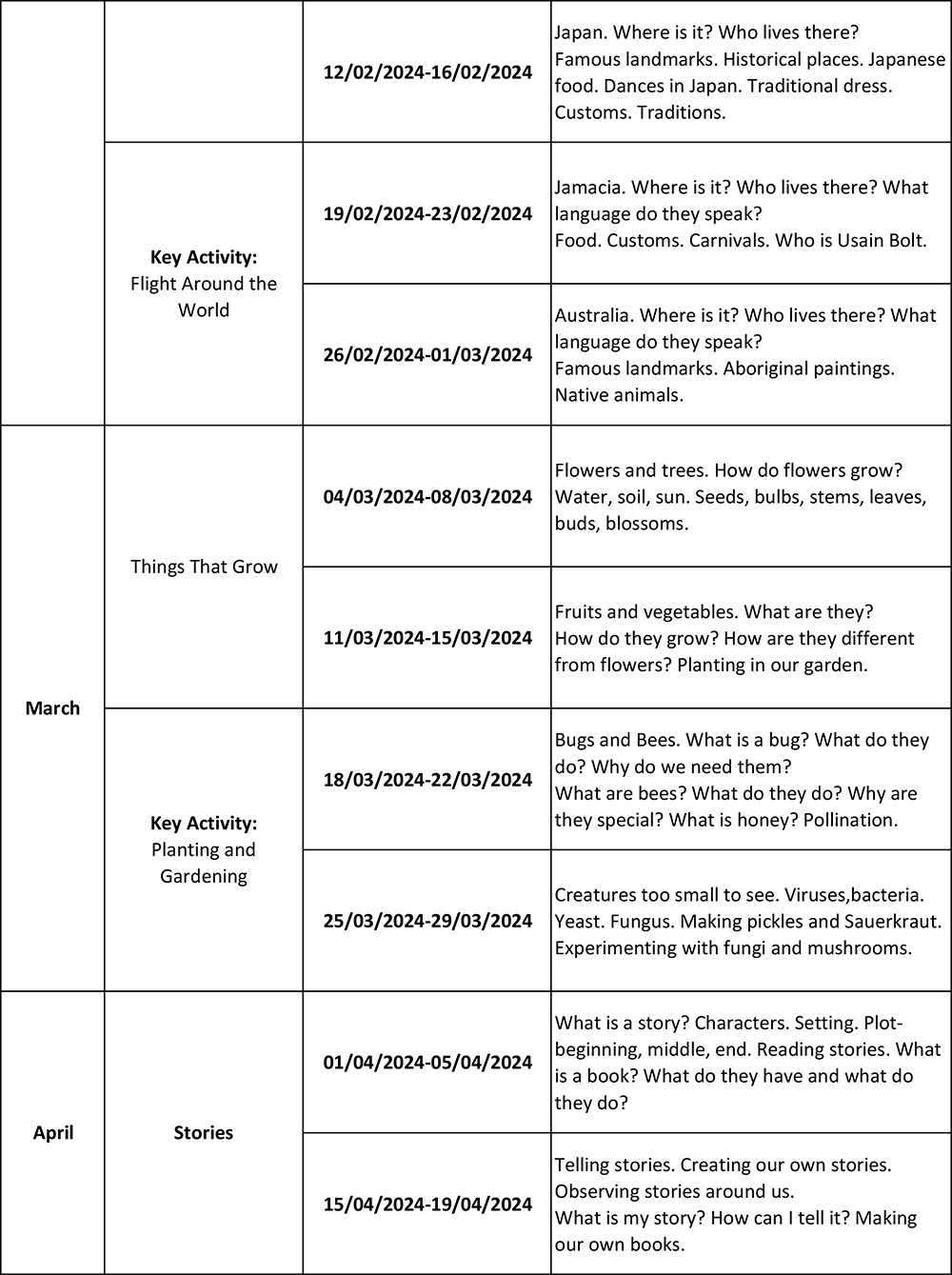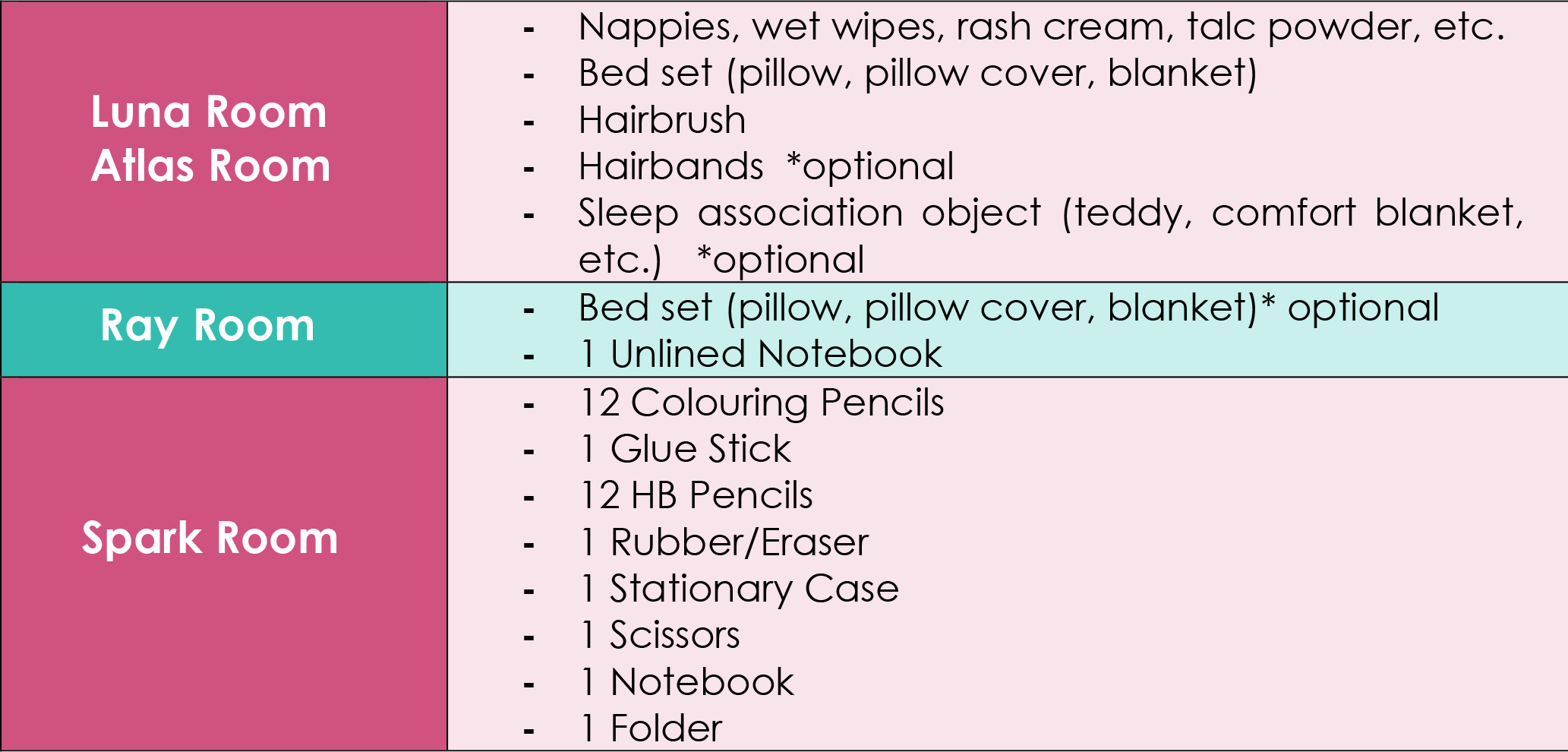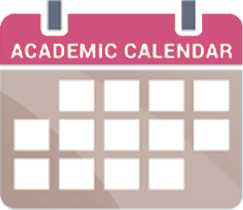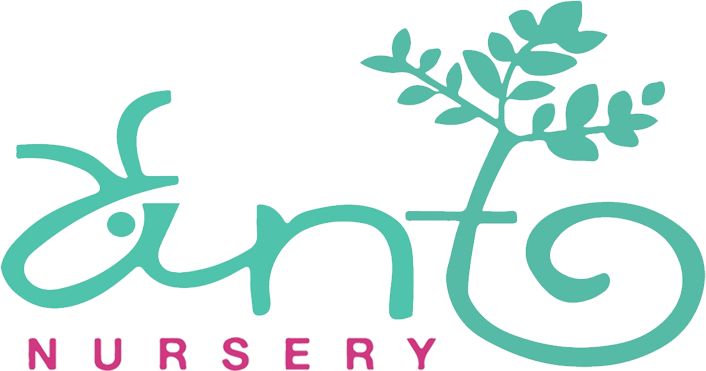ANT Core Educational Approach
ANT NURSERY LEARNING AND DEVELOPMENT EDUCATIONAL PROGRAM
Alternative Nature Time Nursery follows the developments of the Early Years Foundation Stage (EYFS). The EYFS learning and development requirements are comprised of:
- The seven areas of learning and development and the educational programmes (described below)
- Early learning goals, which summarise the knowledge, skills and understanding that all young children should have gained by the end of the Reception year
- The assessment requirements (when and how practitioners must assess children’s achievements, and when and how they should discuss children’s progress with parents and/or carers).
Areas of learning and development
There are seven areas of learning and development that must shape educational programmes in early years’ settings. All areas of learning and development are important and inter-connected. Three areas are particularly crucial for igniting children’s curiosity and enthusiasm for learning, and for building their capacity to learn, form relationships and thrive. These three prime areas are:
- communication and language
- physical development
- personal, social and emotional development
Providers must also support children in four specific areas, through which the three prime areas are strengthened and applied. The specific areas are:
- literacy
- mathematics
- understanding the world
- expressive arts and design
Educational programmes must involve the following activities and experiences for children:
- Communication and language development involves giving children opportunities to experience a rich language environment; to develop their confidence and skills in expressing themselves; and to speak and listen in a range of situations.
- Physical development involves providing opportunities for young children to be active and interactive; and to develop their co-ordination, control, and movement. Children must also be helped to understand the importance of physical activity, and to make healthy choices in relation to food.
- Personal, social and emotional development involves helping children to develop a positive sense of themselves, and of others; to form positive relationships and develop respect for others; to develop social skills and learn how to manage their feelings; to understand appropriate behaviour in groups; and to have confidence in their own abilities.
- Literacy development involves encouraging children to link sounds and letters and to begin to read and write. Children must be given access to a wide range of reading materials (books, poems, and other written materials) to ignite their interest.
- Mathematics involves providing children with opportunities to develop and improve their skills in counting, understanding and using numbers, calculating simple addition and subtraction problems; and to describe shapes, spaces, and measure.
- Understanding the world involves guiding children to make sense of their physical world and their community through opportunities to explore, observe and find out about people, places, technology and the environment.
- Expressive arts and design involves enabling children to explore and play with a wide range of media and materials, as well as providing opportunities and encouragement for sharing their thoughts, ideas and feelings through a variety of activities in art, music, movement, dance, role-play, and design and technology.
Practitioners must consider the individual needs, interests, and stage of development of each child in their care, and must use this information to plan a challenging and enjoyable experience for each child in all of the areas of learning and development. Practitioners working with the youngest children are expected to focus strongly on the three prime areas, which are the basis for successful learning in the other four specific areas. The three prime areas reflect the key skills and capacities all children need to develop and learn effectively, and become ready for school. It is expected that the balance will shift towards a more equal focus on all areas of learning as children grow in confidence and ability within the three prime areas. But throughout the early years, if a child’s progress in any prime area gives cause for concern, practitioners must discuss this with the child’s parents and/or carers and agree how to best support the child. Practitioners must consider whether a child may have a special educational need or disability which requires specialist support. They should link with, and help families to access, relevant services from other agencies as appropriate.
Each area of learning and development must be implemented through planned, purposeful play and through a mix of adult-led and child-initiated activity. Play is essential for children’s development, building their confidence as they learn to explore, navigate problems, and relate to others. Children learn by both leading their own play, and by taking part in play which is guided by adults. There is an ongoing judgement to be made by practitioners about the balance between activities led by children, and activities led or guided by adults. Practitioners must respond to each child’s emerging needs and interests, guiding their development through warm, positive interaction. As children grow older, and as their development allows, it is expected that the balance will gradually shift towards more activities led by adults, to help children prepare for more formal learning, ready for Year 1.
When planning and guiding children’s activities, practitioners must reflect on the different ways that children learn and reflect these in their practice. Three characteristics of effective teaching and learning are:
- playing and exploring – children investigate and experience things, and ‘have a go’
- active learning – children concentrate and keep on trying even when they encounter difficulties, and enjoy achievements
- creating and thinking critically – children have and develop their own ideas, make links between ideas, and develop strategies for doing things
Early Learning Goals
The Prime Areas
Communication and language
Listening and attentiveness: children listen attentively in a range of situations. They listen to stories, accurately anticipating key events and respond to what they hear with relevant comments, questions or actions. They give their attention to what others say and respond appropriately, while engaged in another activity. Understanding: children follow instructions involving several ideas or actions. They answer ‘how’ and ‘why’ questions about their experiences and in response to stories or events.
Speaking: children are able to express themselves effectively, showing awareness of listeners’ needs. They use past, present and future forms accurately when talking about events that have happened or are to happen in the future. They develop their own narratives and explanations by connecting ideas or events.
Physical development
Moving and handling: children show good control and co-ordination in large and small movements. They move confidently in a range of ways, safely negotiating space. They handle equipment and tools effectively, including pencils for writing.
Health and self-care: children know the importance for good health of physical exercise and a healthy diet, and talk about ways to keep healthy and safe. They manage their own basic hygiene and personal needs successfully, including dressing and going to the toilet independently.
Personal, social and emotional development
Self-confidence and self-awareness: children are confident to try new activities, and say why they like some activities more than others. They are confident to speak in a familiar group, will talk about their ideas, and will choose the resources they need for their chosen activities. They say when they do or don’t need help.
Managing feelings and behaviour: children talk about how they and others show feelings, talk about their own and others’ behaviour and its consequences, and know that some behaviour is unacceptable. They work as part of a group or class, and understand and follow the rules. They adjust their behaviour to different situations, and take changes of routine in their stride.
Making relationships: children play co-operatively, taking turns with others. They take account of one another’s ideas about how to organise their activity. They show sensitivity to others’ needs and feelings, and form positive relationships with adults and other children.
Specific areas of education
Literacy reading: children read and understand simple sentences. They use phonic knowledge to decode regular words and read them aloud accurately. They also read some common irregular words. They demonstrate understanding when talking with others about what they have read.
Writing: children use their phonic knowledge to write words in ways which match their spoken sounds. They also write some irregular common words. They write simple sentences which can be read by themselves and others. Some words are spelled correctly and others are phonetically plausible.
Mathematics and numbers: children count reliably with numbers from 1 to 20, place them in order and say which number is one more or one less than a given number. Using quantities and objects, they add and subtract two single-digit numbers and count on or back to find the answer. They solve problems, including doubling, halving and sharing.
Shape, space and measures: children use everyday language to talk about size, weight, capacity, position, distance, time and money to compare quantities and objects and to solve problems. They recognise, create and describe patterns. They explore characteristics of everyday objects and shapes and use mathematical language to describe them.
Understanding the world, people, and communities: children talk about past and present events in their own lives and in the lives of family members. They know that other children don’t always enjoy the same things, and are sensitive to this. They know about similarities and differences between themselves and others, and among families, communities and traditions.
The world: children know about similarities and differences in relation to places, objects, materials and living things. They talk about the features of their own immediate environment and how environments might vary from one another. They make observations of animals and plants and explain why some things occur, and talk about changes.
Technology: children recognise that a range of technology is used in places such as homes and schools. They select and use technology for particular purposes.
Expressive arts and design
Exploring and using media and materials: children sing songs, make music and dance, and experiment with those elements. They safely use and explore a variety of materials, tools and techniques, experimenting with colour, design, texture, form and function.
Being imaginative: children use what they have learnt about media and materials in original ways, thinking about its various uses and purposes. They represent their own ideas, thoughts and feelings through design and technology, art, music, dance, role-play and stories.
Our Curriculum
We follow an alternative inspired approach to education. Our curriculum is a guide for teachers, students, and families to follow and to open their world views. We cover a wide variety of topics and encourage children and teachers to adapt the curriculum according to the needs and interests of individual students and classrooms.
Our academic curriculum and expectations are individual as per every child’s needs, interests, and capabilities. We strive to create intrinsic motivation and love for learning in every child, while meeting appropriate academic milestones.
| Japan. Where is it? Who lives there? | ||
Key Activity: |
| Jamacia. Where is it? Who lives there? What language do they speak? | |
| Australia. Where is it? Who lives there? What language do they speak? | ||
March |
Things That Grow |
| Flowers and trees. How do flowers grow? Water, soil, sun. Seeds, bulbs, stems, leaves, buds, blossoms. |
| Fruits and vegetables. What are they? | ||
Key Activity: |
| Bugs and Bees. What is a bug? What do they do? Why do we need them? | |
25/03/2024-29/03/2024 | Creatures too small to see. Viruses,bacteria. Yeast. Fungus. Making pickles and Sauerkraut. Experimenting with fungi and mushrooms. | ||
April |
Stories |
01/04/2024-05/04/2024 | What is a story? Characters. Setting. Plot- beginning, middle, end. Reading stories. What is a book? What do they have and what do they do? |
15/04/2024-19/04/2024 | Telling stories. Creating our own stories. Observing stories around us. |

An example page from our curriculum.
Daily Schedule Example
LUNA Room
8:00-8:30: Welcoming children. Morning songs, dancing, exploring invitations to play
8:30: Breakfast time
9:00: Circle time. Conversations with children, encouraging class communication and connection, short stories, sing-a-longs
9:15: Activity time and constructive free play.
Activities depend on the theme being explored at the time. For example, the theme of culture and kindness will lead to an activity being the creation of a kindness jar.
10:00: Snack time
10:15: Garden time
11:05: Lunch time
11:30-14:00: Nap and quiet time
14:00: Afternoon activity and constructive free play
Concerning gross or fine motor development such as dancing, colouring, sensory activities, messy play, play-doh, gardening
15:00: Snack time
15:15-15:30: Garden time and pick up
List of Needs
List of Daily Needs 2023-24
The list below is a selection of necessary items for your child’s comfort and care at school. We ask that you provide the listed items as soon as you start attending school.
Also, we ask that you send your child to school in clothes that you do not mind getting a little muddy, torn, or painted on. We use smocks and make sure to stay clean, but we are an Alternative Nature school, and therefore a lot of our activities are outdoor, sensory, and a bit messy.
Please send your child to school in clothes that are comfortable for your child.
We ask that you provide Velcro or zipper closed shoes if your child does not yet know how to tie their own shoelaces.
Please avoid hooded “hoodie” sweaters.
All classes:

In addition to the above items, please provide the additional items according to classroom:



